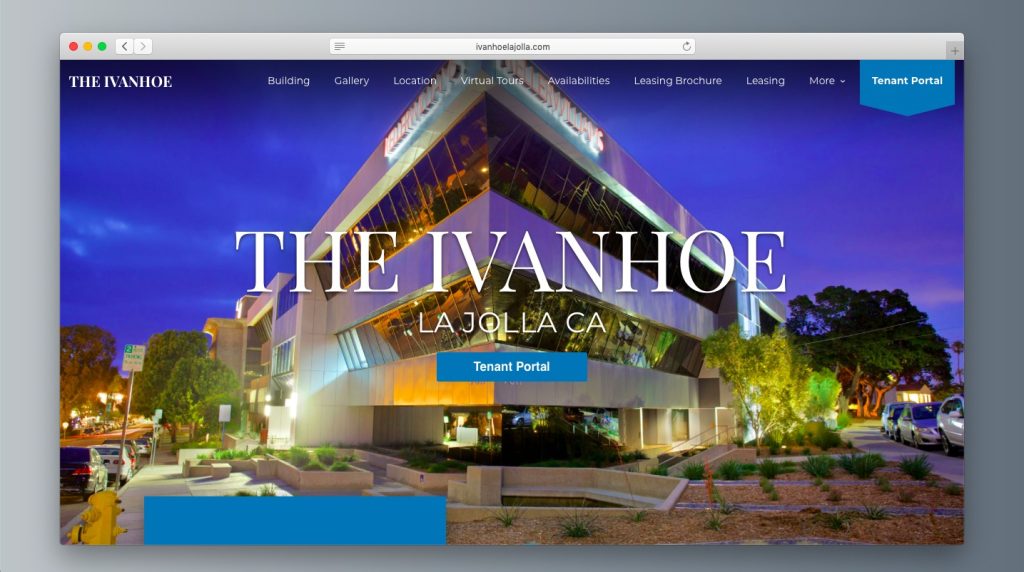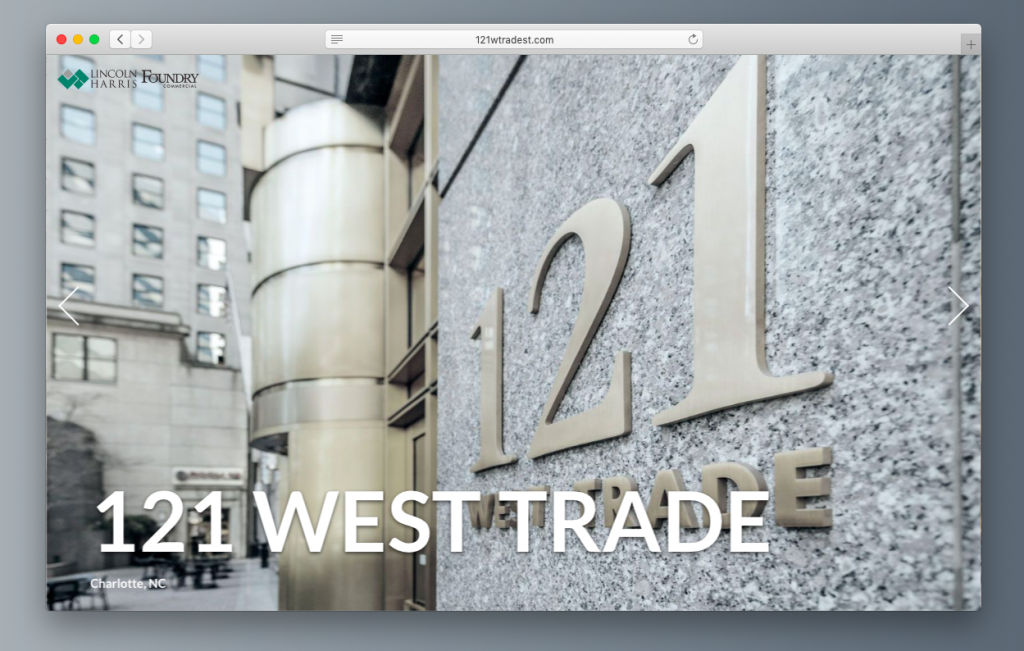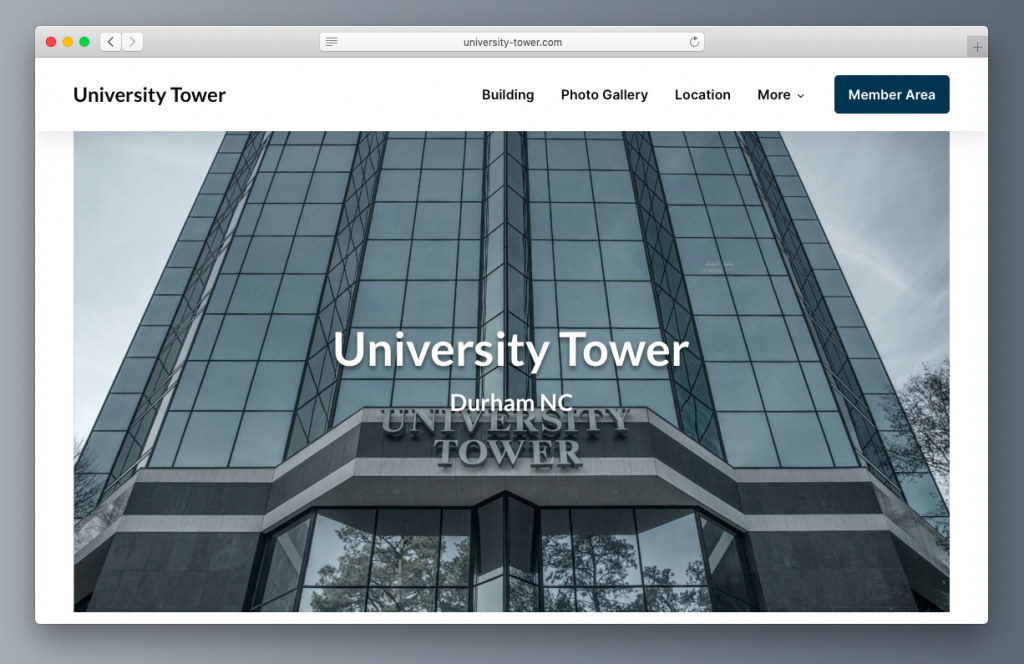
Marketing Best Practices
A Guide to Different Classes of Office Buildings: Class A, Class B, Class C
Office buildings are not all created equal. Two spaces that are nearly identical in square footage and basic amenities may vary wildly in location, building condition, and general aesthetic. For this reason, general classifications have been developed to differentiate the types of office buildings on the market.
The Building Owners and Managers Association (BOMA) has established a three-tier rating system to assign buildings with a classification. The rating system isn’t set in stone and several factors are often open for interpretation, but having a general sense of a Class A building space definition vs a Class B or Class C can be helpful when evaluating different properties.
How Do You Define Different Building Classes?
Building class is defined in several tiers to qualitatively measure a building for potential investors or tenants.
At a high level, every market is different. A Class A building in Indiana may not be comparable to one in Chicago or New York City where extremely high-end real estate can be found. Accounting for the market in which the building is located, there are four other factors that are evaluated when assigning a class ranking to an individual building:
- Location – Within the market, where is the building located? This takes into account the neighborhood, proximity of transportation, and nearby resources.
- Building Age and Condition – How old is the building and what condition has it been kept in. Are there significant upgrades pending? Has the building been modernized in the last several decades? These are major issues that can impact the classification of a building.
- Amenities – What does the building offer in addition to office space? This could include fitness centers, daycare, restaurants, bars, pet care, or retail outlets, both within the building and adjacent.
- Aesthetic – How does the building look? This may relate to building age and condition, but could also be relevant to the architecture of the building itself. Was it built in the concrete heydays of the 1960s or is it something more modern and attractive?
| Class A | Class B | Class C | |
| Location | Prime location with good accessibility | Good location | Average location |
| Age and Condition | Renovated or new with high quality building infrastructure | Old but in good condition | Usually older than 20 years |
| Amenities | Top notch amenities | Regular amenities | Outdated amenities |
| Aesthetic | Best looking | Average looking | Unattractive |
Let’s take a closer look at each of the classifications and how they are defined for individual buildings.
Class A Office Buildings
A Class A office space is the cream of the crop – the top tier real estate that will demand top dollar in your market. This is the benchmark for office space and, again, will vary depending on your market.
Why Choose a Class A Office Space
A Class A building is often located in the market’s prime central business district and is among the more aesthetically pleasing structures in its location.
It’s easily accessible, has plenty of parking (or ample transportation options in cities where that’s more important), and top-tier tenants who pay top dollar for the space. The office spaces within such a building are often managed by a professional management firm and they keep it in top condition. That means ample elevators throughout the building, 24/7 security services, and cutting edge systems as well as LEED certification.
A Class A office building sends a message to customers and clients that a company is at the top of the industry. Often, enterprise corporations, large law and accounting firms, and financial businesses operate within this type of space. In larger markets, there is a class even above A – the Class A+ office building. These are often the centerpieces of a city’s skyline – the absolute best of the best. Companies will fight for the opportunity to have an address in such a building.
Examples of Class A Office Buildings
The Ivanhoe – La Jolla, California

121 West Trade, Charlotte North Carolina

University Tower, Durham, North Carolina

Class B Office Buildings
A Class B office space is home to a more general base of tenant. These buildings are designed to meet all the basic needs of a company, but may not have the modern upgrades and amenities that you’d see in a Class A building.
Why Choose a Class B Office Space
A Class B building is ideal for companies that want to be near the central business district and have a fully functional facility with resources that meet their specific needs.
These buildings may be slightly older and they lack the modern flourishes of a top tier building, but the floor plans are functional, the resources always accessible and management solid. Rental rates are considered at-market and such buildings are a good fit for many types of businesses.
A Class B space is an average building that will provide everything needed to run a business efficiently with at-market rent. It’s a good fit for most businesses.
Class C Office Buildings
A Class C office space is considered “useable” in that it may not have all of the structural amenities and resources needed but will meet the basic needs of a company with limited budget or a small team.
Why Choose a Class C Office Space
Class C buildings are often outside the central business district and may not be in a desirable part of the market. The building is usually older than 20 years or unattractive with minimal renovations in recent years.
These buildings often have more vacancies and higher turnover rates than Class B or Class A buildings and their infrastructure may be limited or out of date, requiring additional effort on the part of the tenant.
Class C buildings offer lower rents due to the reduced demand for older spaces like this, and often with shorter terms than would be found elsewhere. Class C is often a good option for businesses just getting started or that have limited or reduced resources as they grow.
How to Display Your Building Class
If you own or operate a Class A+, Class A, or even a Class B office building with updated amenities, it’s important to fully display what makes it special in your marketing materials. Three important places to emphasize how your building is classified include your:
- Property Website – Your property website should lead with the classification of your building, emphasizing the key factors that make it a Class A or B property. Where is it located? Be sure to include a map and images of the area nearby. What does the floor plan look like? Include photographs of empty suites and the general aesthetic both inside and outs. Provide a virtual tour and additional resources that someone can easily reference when evaluating if the space is a good fit for them.
- Brochure or Flyer – Your property brochure is a tighter, more constrained space so use the space to illustrate what makes the property stand out. Include several outside photographs of the building, a list of property features, recent interior and exterior renovations (with pictures), and sample floor plans. As The Ivanhoe does in its brochure, you can also include a map or aerial photograph highlighting nearby shopping, restaurants, and other amenities and their proximity to the building
- Marketing Collateral – The rest of your marketing collateral should reflect the quality of your building as well. Include the building classification in relevant emails, downloadable documents, social media materials, and anything else you publish or print designed to promote your property.
That simple phrase, “Class A Office Building” can mean volumes to the right tenant or investor. Take advantage of the shorthand to emphasize the quality of your property, and then support your statement with a list of relevant features.
It’s one of the most effective ways to capture attention, nurture potential prospects into leads, and emphasize why your property is a unique opportunity.
What is SharpLaunch?
SharpLaunch is an all-in-one CRE marketing platform to help you streamline your marketing efforts and modernize your digital presence.
Related Blog Posts
Marketing Best Practices
Top Commercial Real Estate Events and Conferences 2025
With 2025 underway, CRE professionals can look forward to new opportunities for networking,...
Company updates
Announcing our New Flyer Design Tool
Say goodbye to the hassle of hiring a designer or struggling with complex design tools...
Marketing Best Practices
9 Essential Deal Room Features Every CRE Professional Needs
Virtual deal rooms have revolutionized how commercial real estate professionals manage...
